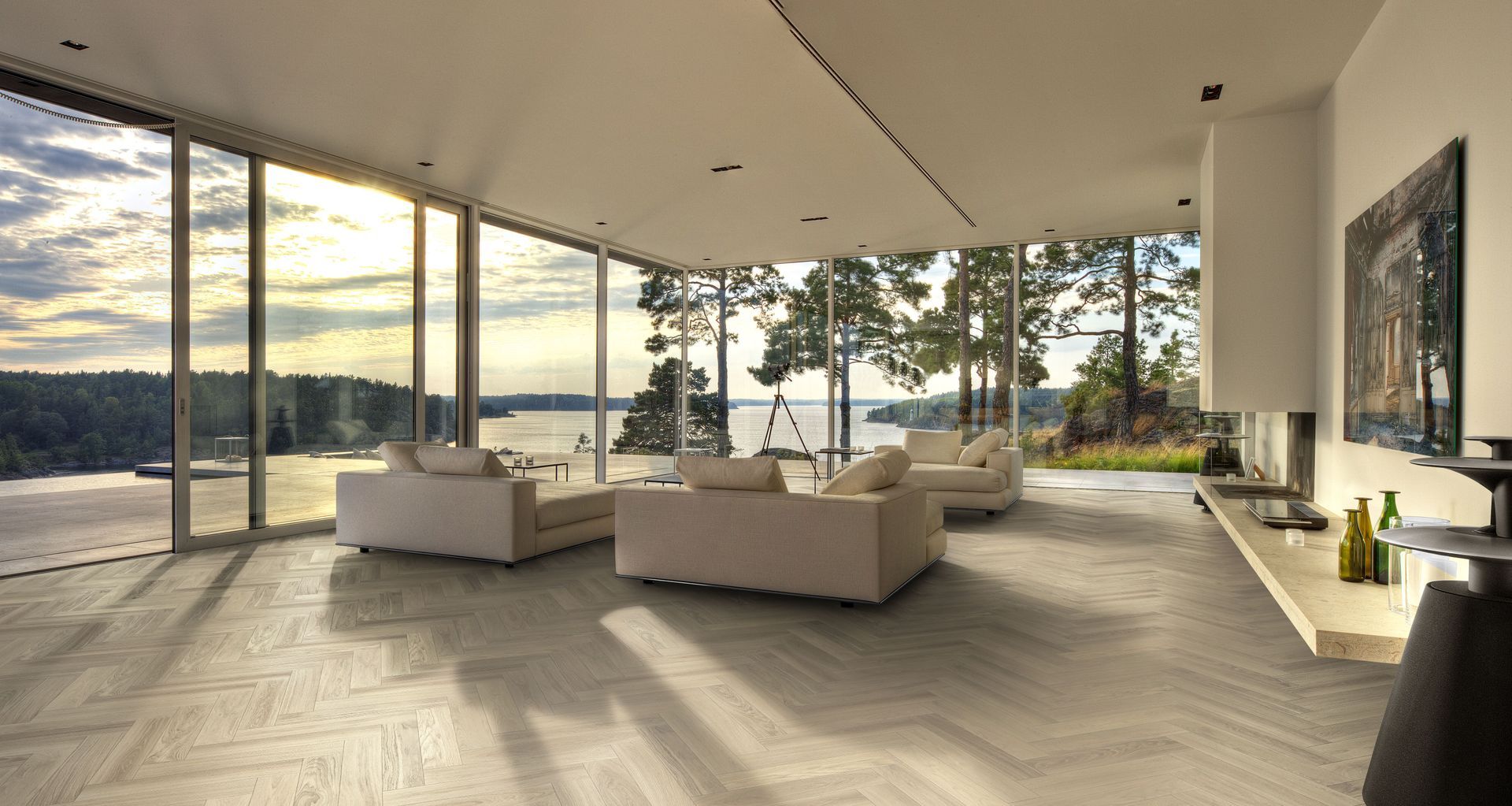Your guide to hardwood vs engineered wood flooring in New Zealand
Written by
04 May 2025
•
4 min read

ArchiPro speaks with Jon Denny from Auckland-based The Wooden Floor Company about the differences between solid wood and engineered wood floors for your project or home.
According to Jon the primary difference between these two flooring options lies in their construction. “Solid wood flooring is made from a single piece of natural hardwood (e.g. oak). Each piece is milled from one solid piece of timber,” he says. “In contrast, engineered wood is made from multiple layers (usually plywood), with the top layer being a real hardwood veneer.”
Established in 1986, New Zealand-owned The Wooden Floor Company specialises in engineered wood flooring. Jon notes, “We have two brands: Kährs Flooring, Swedish, and Europlank from Cambodia.”
What is the difference between solid wood and engineered wood floors?
1. Installation
When it comes to installation, both solid and engineered options can be utilised throughout a project. Jon emphasises, “Both solid and engineered flooring options can be installed throughout the entire house, except bathrooms.”
When it comes to moisture resistance, engineered wood flooring excels. “Engineered wood is much more stable and performs much better than solid wood when it comes to moisture.” He notes that a controlled system, such as factory finishing, provides many options to enhance moisture resistance.
2. Durability
When comparing durability, solid timber flooring has advantages but also some limitations. According to Jon, “Solid wood is more prone to expansion and contraction with humidity changes and can warp in high-moisture environments. A benefit is that solid floors can typically be sanded and refinished more times than an engineered floor.”
Jon adds, “On the other hand, engineered flooring is much more stable and performs better in high moisture and temperature areas, with an expected lifespan of 40 to 60 years, depending on the veneer thickness.”
3. Environmental impact
When discussing wear and tear, Jon mentions that “American or European oak is by far the most widely used species of flooring” for both solid and engineered options. However, engineered wood offers a greater variety of species, such as maple, ash, walnut, beech and cherry.
He also highlights the environmental benefits of engineered wood, stating, “From an environmental impact point of view, engineered wood flooring is far more friendly as you are only using 3-4 millimetres of the chosen species, for example, oak, instead of 19 millimetres for a solid option.”
Engineered timber flooring is typically 30–40 per cent more cost-effective overall.
4. Impact of foot traffic and pets
For households with pets or heavy foot traffic, engineered timber flooring has specific advantages.
“The fact that engineered wooden floors are finished in a factory gives the advantage of being able to UV cure the polyurethane finish. Usually, there are six-to-eight layers, and UV-cured polyurethane is a much harder wear layer than the polyurethane finish on a solid floor; therefore, it is more durable.”
5. Comparing costs
Cost is always a significant factor when making flooring decisions. Jon advises, “Engineered timber flooring is typically 30–40 per cent more cost-effective overall, mostly because an engineered floor is pre-finished, saving sanding and coating costs after installation.”
One common misconception about flooring is that solid wood is superior in durability and quality. Jon dispels this by stating, “History has proven engineered timber flooring to be more than a match.”
Advancements in New Zealand wooden flooring options
Exploring advancements in the industry, Jon remarks, “Engineered wooden floors have come a long way in the last 30 years. Improvements in construction, glues, stability, environmental sustainability, and quality are constantly being achieved, whereas solid flooring methodology and innovation have remained stagnant.”
Understanding the distinctions between solid and engineered wood flooring can help specifiers and homeowners make an informed flooring decision to suit the occupants' lifestyle.
Learn more about engineered wood flooring at The Wooden Floor Company, contact the company directly on ArchiPro today or visit the Auckland showroom to view the latest designs.
